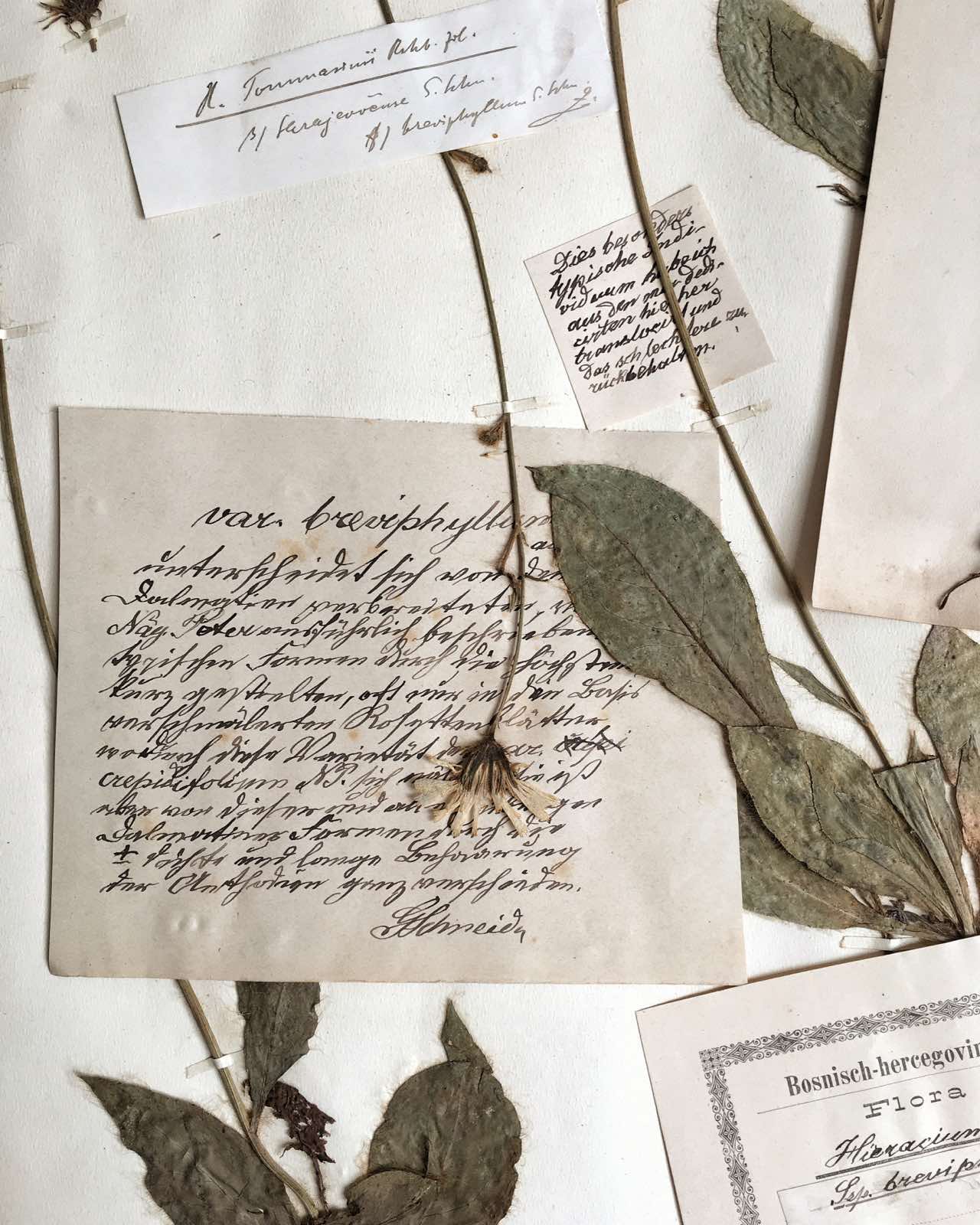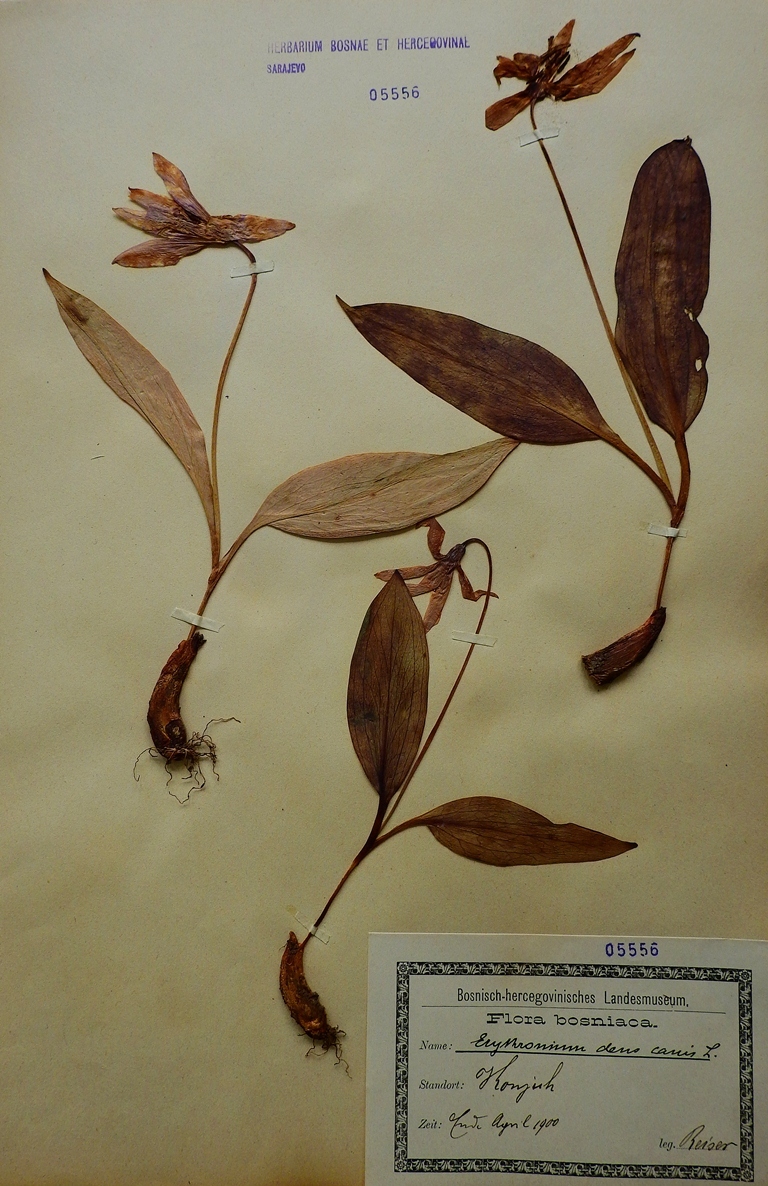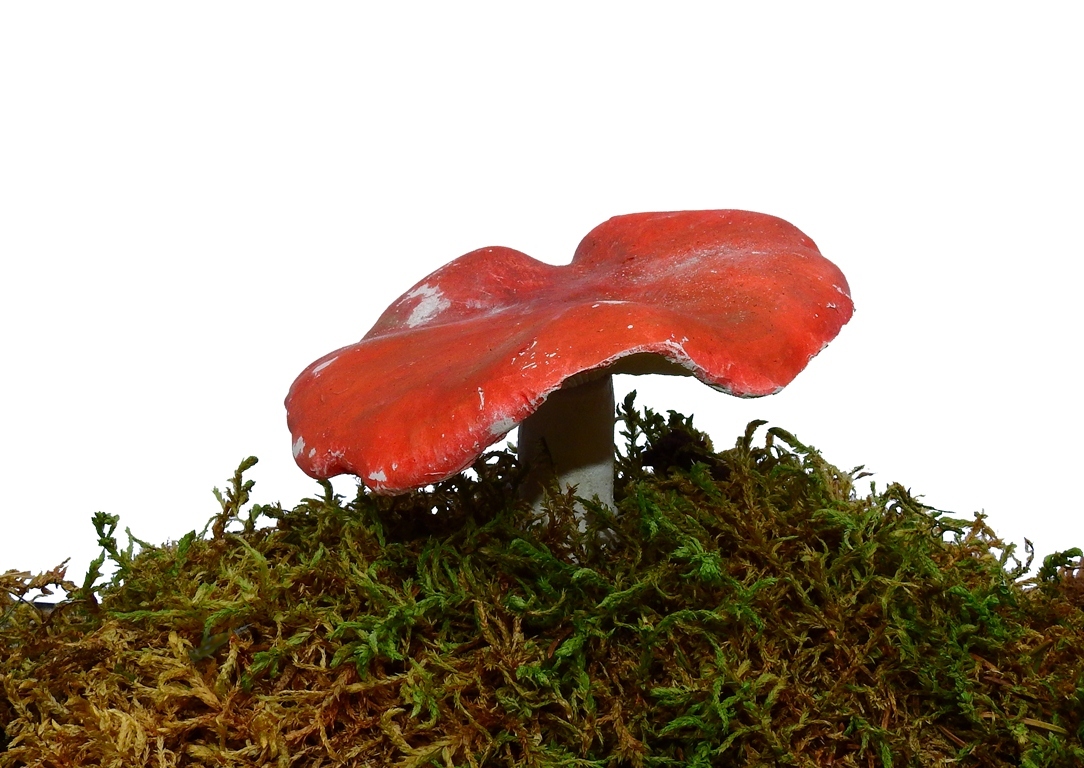Department of Botany
Systematic collection of the Department of Botany, the Herbarium of Bosnia and Herzegovina was started in 1890 and is based on the Engler system. It is registered in the Index Herbariorum, the global directory of herbaria, designated by the abbreviation SARA. The Bosnia and Herzegovina Collection contains 55,000 folios, the general collection about 60,000, the Otto Blau Collections 2,503, the Erich Brandis Collections 13,013, and the Type Specimen Collection 385 folios.
The collection of Erich Brandis is the oldest large-scale botanical collection in the territory of Bosnia and Herzegovina.
The Botanic Garden – the exhibition of the Department of Botany – covers an area measuring 14,270 square metres. It comprises 12 scientific and exhibitory collections.
Staff
MA Ajla Berberović
Head of Department
Biologist for flowering plants, curator
Ermana Lagumdžija
Head of scientific collection Herbarium
Biologist for flowering plants, museum advisor
MA Džana Bordanić Kobilica
Head of the scientific living collection of the Botanical Garden – rock garden
Biologist for flowering plants, curator
Nihad Ajanović
Head of the Botanical Garden
Horticulturist
Mr. Berina Bečić
Horticulturist, museum advisor
Mr. Anis Hasanbegović
Biologist for non-flowering plants – mycologist, curator
Kemal Pervan
Senior gardener
Haris Neziri
Gardener





